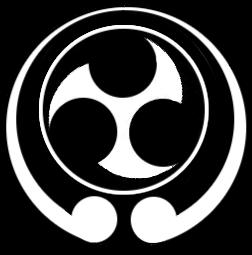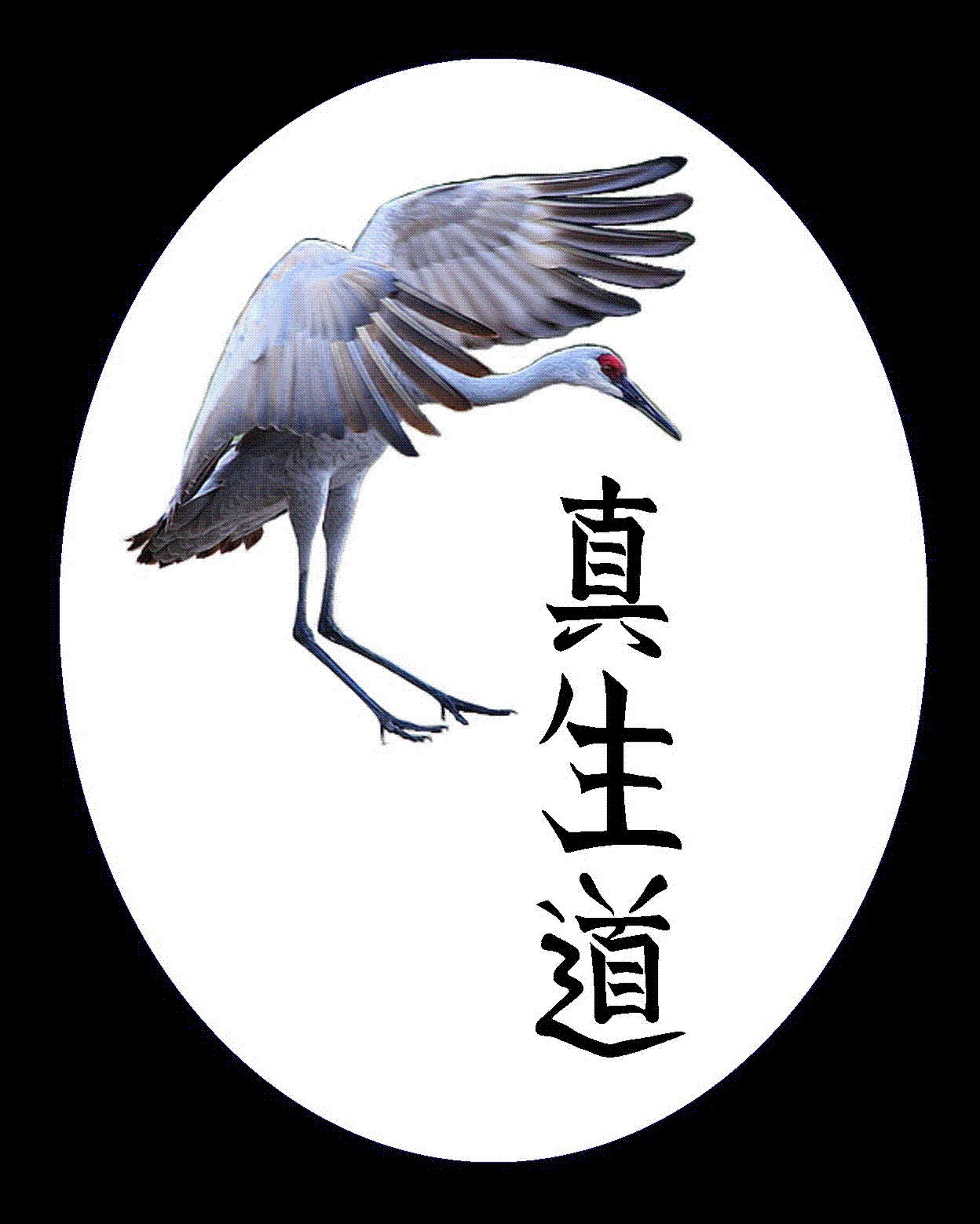
![]()
![]()

Headingley Karate
|
|
|
Is your kata an empty vessel?
An empty vessel makes the most noise. It's a saying you've probably heard before, usually in reference to the loud-mouth sort of person who's always putting down other styles or just blowing off about how good their martial skills are. However, I'd like to explore this saying in another context.
Quite often I receive messages from people who've watched the kata I've posted on youtube. Sometimes these messages are complimentary, sometimes they're asking a question about the kata, but mostly they're simply to criticise my poor performance. Oh dear, I should feel quite disheartened. I am after all the first to acknowledge that I am a student of martial arts first, and teacher second. I have to confess that I'm a long, long way from mastering or perfecting anything. But no, I don't feel disheartened simply because of the reason I practice kata.
So why do you practice kata? I know why I do it, as I've explained in an earlier article. In a nutshell, its to practice the principles of power generation and tactics that are central to the way I do Karate. But why do you practice kata? The most frequent answer to that question seems to be 'to pass the next grading'. The grading syllabus in many styles usually set a new kata for each kyu or dan grading. So the student must learn the kata to the required standard if they expect to pass. Kata practice becomes focussed on demonstrating the kata to the examiner's satisfaction. The point of the kata has become not practice for its own sake, but to impress the audience.
How does a kata impress the audience? Well usually it seems that this is done by making the kata an athletic performance. The kicks are high, the stances are deep. The fast bits are done as fast as possible, the slow bits melodramatically slow. Everything is done to look as powerful as possible. To look as powerful as possible, surely that's a good idea isn't it? Most people seem to think so, but I don't and I shall explain why.
How do you make your kata look powerful? There are several factors that contribute. Speed would seem an obvious ingredient, unless of course you're doing a dynamic tension kata such as Sanchin. Another way is to exhibit plenty of muscular tension.
But to do each move quickly you obviously need to accelerate the limbs as rapidly as possible. Being really tense doesn't necessarily help with this. It all depends which muscles you tense and when, and which you don't tense. But watching the dynamic kata of modern karate styles it becomes clear that its not how well you start the techniques, but how well you stop them that really counts. The deceleration at the end of the techniques is at least as important if not more so than the acceleration at the start. This gives a really crisp kime (focus), hopefully with a pleasing thwock of the gi (karate uniform) particularly if you've starched it well. It certainly does give the outward impression of a powerful kata. Here's a typical example of this kind of kata practice.
But what have you really learned by practicing your techniques in this way? If you can perform this sort of kime it certainly shows that you're good at stopping your techniques. I'm not so sure that's a good thing. I want my opponent to stop my punch because his body is absorbing its impact. Of course, I need to be able to recover if my strike misses. But practising to be so good at stopping my punch myself is simply weakening the punch - I'm absorbing and dissipating the forces I've generated through my own body rather than my opponent's.
So putting the emphasis on making the end of each technique as sharp as possible is a mistake in my view. But don't take my word for it, test it out for yourself. Practise your techniques on a heavy bag and see how well crisp techniques work compared to other ways of striking.
Please note that I'm not saying that there is no-one who is good at this sort of kime that can also hit hard. Of course there are. But I contend that they hit hard despite this sort of training, not because of it. Quite simply, they've also done lots of impact training and so learnt to hit one way for real and another for kata.
Or you could take heed of the knowledge and experience of some very notable teachers. Shigeru Egami, to name but one, is considered by many to have been Gichin Funakoshi's top student. Egami went on to become the leading light of Shotokai Karate, as distinct from Shotokan:
the effectiveness of a blow cannot be discovered simply from its appearance.1
Appearances can be deceptive
When the body and movements were rigid and the power was dispersed, the techniques looked strong. Actually it was only the performer who felt that his blows were powerful. The only satisfaction was on his part; that is, it was only self-satisfaction. The opponent did not feel the blow to be strong, and the practice of stopping movement was actually dangerous. It could mean death to the person who does it. A weak-looking, soft and relaxed punch in which the power is concentrated will pierce anything.1
Vince Morris (8th dan, founder of Kissaki Karate) echoed the same sentiment:
This looks extremely powerful in solitary practice of kata, but it actually inculcates the habit of bringing techniques to an abrupt stop. Fine if you have aimed right into the target, but most people simply don't. 2
To see what Egami had in mind when he said a weak-looking, soft and relaxed punch in which the power is concentrated will pierce anything contrast the video above with this one, showing the Shotokai version of the same kata.
To practitioners of Shotokan (and many other modern karate styles) this way of training probably looks very peculiar indeed, but consider this. Towards the end of his life, Gichin Funakoshi (the founder of Shotokan) is understood to have felt much closer to the training methods of the Shotokai rather than those of the Shotokan.
I could go on and on about focus (kime), but the gist is this the kind of focus favoured in most modern kata practice looks good, but actually robs power from your techniques. It has become popular because it looks powerful, not because it is powerful.
Power generation aside, what's really important about kata is its application. The bunkai, or applications, of the kata are ultimately what make kata worth practising. Without bunkai, well, what would be the point? Kata without application just becomes a martial dance, a form of exercise (although not a terribly efficient one compared to all the other exercise regimes you could do). But most karate schools place little if any emphasis on bunkai. Most karate students routinely spend a significant portion of their training time working on kata. But practice of bunkai, if it happens at all, is limited to occasional 'special' sessions.
It really doesn't help that the kata themselves have been radically modified over the last 100 years or so. Amongst other changes, the kicks have generally become higher and the stances deeper. All too often the bunkai becomes impossible to do correctly when you've changed the movements in this manner.
So now we have a situation in which the vast majority of karate students spend many hours practising kata without an understanding of what the movements are for. They go through the motions with no thought other than to make the movements look as crisp and precise as possible. Even the kiai (martial shout) is done to impress, lovingly lingered on for maximum melodramatic effect. Kata certainly makes a lot of noise, but sadly it is usually devoid of meaning or value.
But it doesn't have to be this way. For a start, there are nowadays a lot more instructors who teach bunkai than even just 10 years ago. Quality varies considerably, so its very much a case of 'buyer beware', but even so there are still plenty of opportunities to study bunkai. Also, you can approach the practice of kata with new eyes. Stop worrying about how well you decelerate your techniques, instead work on how you accelerate them. Of course, there is a problem with training this way you won't win any kata competitions, in fact you might even get laughed out of the arena. But you will have turned your kata into a valuable self-defence training tool. Ultimately which path you pursue is up to you.
To conclude, you can make your kata a useful self-defence tool, using it to reinforce the lessons learnt through your regular partner work. Or you can make it a performance art, pretty on the outside but hollow and devoid of meaning on the inside. I know which side of the line my kata fall on. What about you and your kata?
References
- Shigeru Egami: The Way of Karate: Beyond Technique, Ward Lock Limited, London 1976.
- Vince Morris, Kyusho Secrets: A Modern Bubushi, self-published.